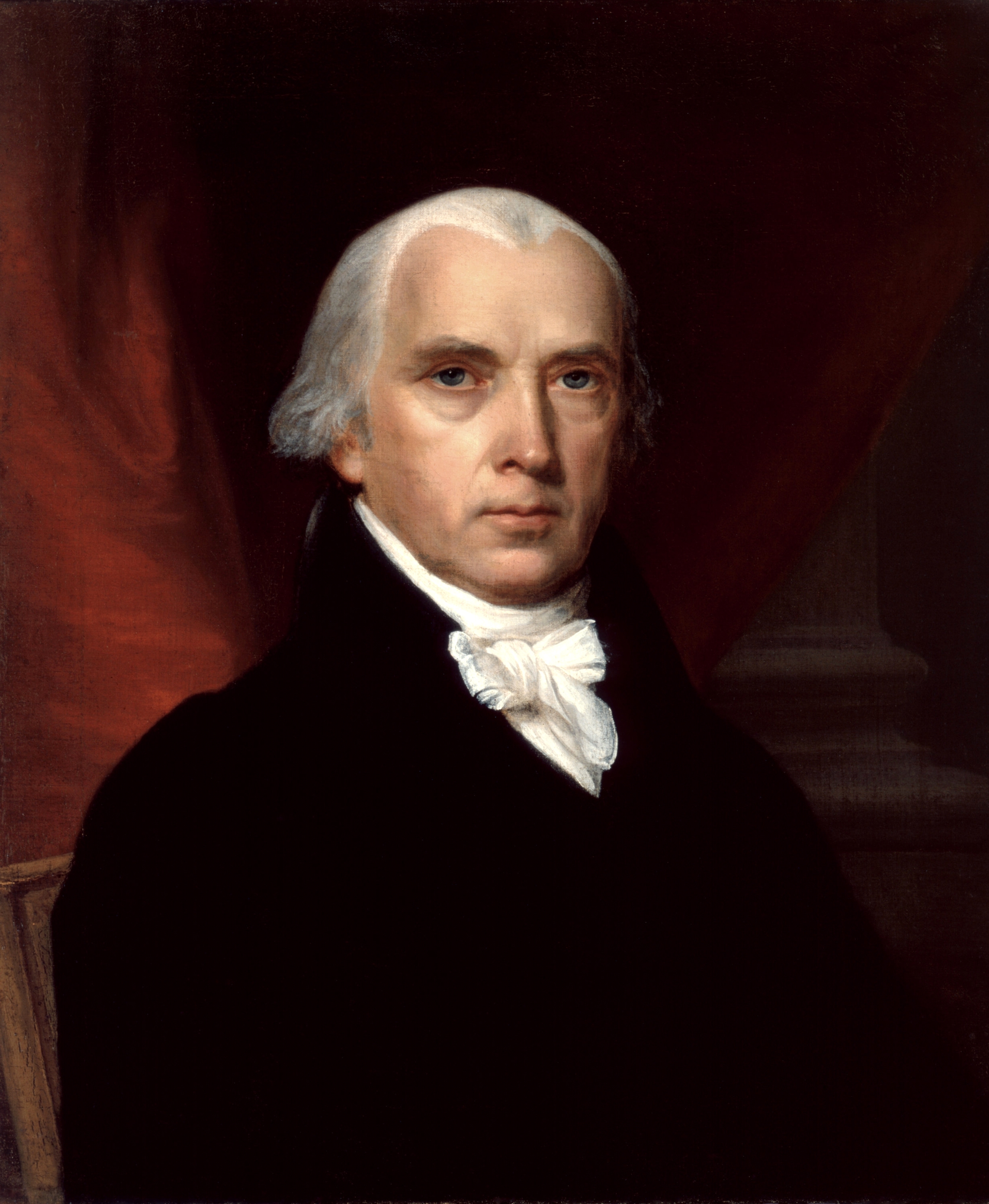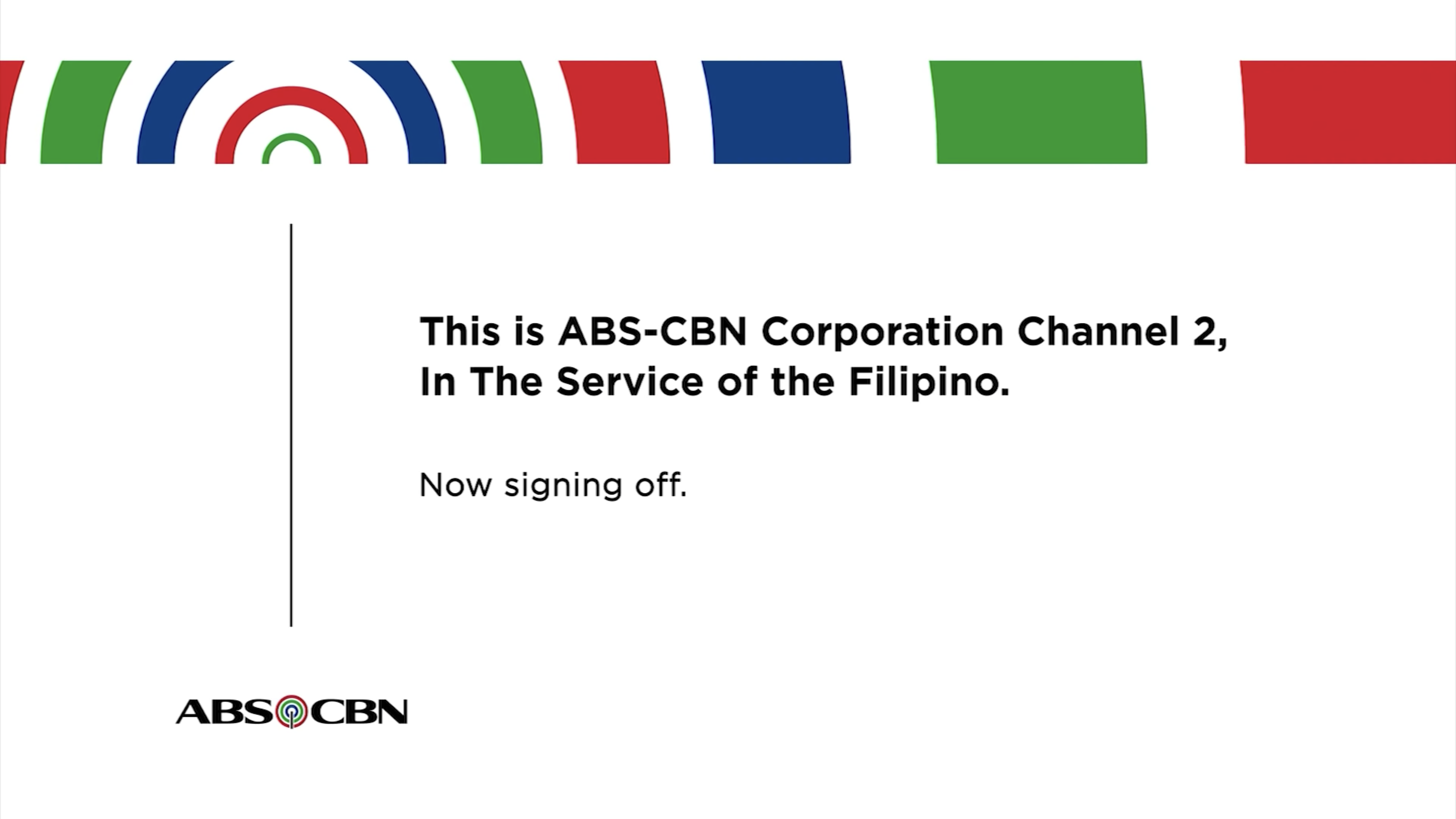|
Lamebook
Lamebook is a blog that re-posts 'everything lame and funny' from the social networking site Facebook. Users send in screenshots of unusual or amusing Facebook posts, which are re-posted on the site every weekday. History Jonathan Standefer and Matthew Genitempo, graphic designers from Austin, Texas, launched the web site in April 2009 as a Facebook parody site. The two were acquaintances at Baylor University, yet became friends after they graduated in 2005. "We started Lamebook a little fter meeting and after a few months of doing that it got so popular that we were able to quit our jobs at the offices and do that full time," said Genitempo, who graduated in 2007 with a degree in graphic design. "That brought a lot of other different design opportunities for both of us." Privacy Last names and faces are usually blurred out or pixellated upon upload to avoid invasion of privacy, and content can be removed on request. Lamebook also discourages users from trying to contact peop ... [...More Info...] [...Related Items...] OR: [Wikipedia] [Google] [Baidu] |
Blog
A blog (a truncation of "weblog") is a discussion or informational website published on the World Wide Web consisting of discrete, often informal diary-style text entries (posts). Posts are typically displayed in reverse chronological order so that the most recent post appears first, at the top of the web page. Until 2009, blogs were usually the work of a single individual, occasionally of a small group, and often covered a single subject or topic. In the 2010s, "multi-author blogs" (MABs) emerged, featuring the writing of multiple authors and sometimes professionally edited. MABs from newspapers, other media outlets, universities, think tanks, advocacy groups, and similar institutions account for an increasing quantity of blog traffic. The rise of Twitter and other "microblogging" systems helps integrate MABs and single-author blogs into the news media. ''Blog'' can also be used as a verb, meaning ''to maintain or add content to a blog''. The emergence and growth of blogs i ... [...More Info...] [...Related Items...] OR: [Wikipedia] [Google] [Baidu] |
Huffington Post
''HuffPost'' (formerly ''The Huffington Post'' until 2017 and sometimes abbreviated ''HuffPo'') is an American progressive news website, with localized and international editions. The site offers news, satire, blogs, and original content, and covers politics, business, entertainment, environment, technology, popular media, lifestyle, culture, comedy, healthy living, women's interests, and local news featuring columnists. It was created to provide a progressive alternative to the conservative news websites such as the Drudge Report. The site offers content posted directly on the site as well as user-generated content via video blogging, audio, and photo. In 2012, the website became the first commercially run United States digital media enterprise to win a Pulitzer Prize. Founded by Andrew Breitbart, Arianna Huffington, Kenneth Lerer, and Jonah Peretti, the site was launched on May 9, 2005 as a counterpart to the Drudge Report. In March 2011, it was acquired by AOL for US$315&n ... [...More Info...] [...Related Items...] OR: [Wikipedia] [Google] [Baidu] |
Fail Blog
Fail Blog (stylized as FAIL Blog) is a comedic blog website created in January 2008. FAIL Blog features disastrous mishaps and general stupidity in photos and video which have captions such as " fail", "epic fail", "X Fail", or "X; You're doin' it wrong" (X being the activity at which the subject has failed). There are also multiple sites under the FAIL Blog brand, including Failbook (which features FAILs on Facebook), Ugliest Tattoos, and There, I Fixed It. The website has also triggered a meme that contains bad grammar (usually posted in the comments of Failblog videos), "Did he died". History In January 2008, FAIL Blog was launched. The site grew steadily in popularity; in May 2008, FAIL Blog was sold to Pet Holdings Inc. (now Cheezburger Inc.), becoming part of the Cheezburger Network. Ben Huh notes that FAIL Blog "really started to take off when the financial industry decided to — ahem — fail." As an example, at a United States Senate hearing in September 2008, a demons ... [...More Info...] [...Related Items...] OR: [Wikipedia] [Google] [Baidu] |
Litigation
- A lawsuit is a proceeding by a party or parties against another in the civil court of law. The archaic term "suit in law" is found in only a small number of laws still in effect today. The term "lawsuit" is used in reference to a civil action brought by a plaintiff (a party who claims to have incurred loss as a result of a defendant's actions) requests a legal remedy or equitable remedy from a court. The defendant is required to respond to the plaintiff's complaint. If the plaintiff is successful, judgment is in the plaintiff's favor, and a variety of court orders may be issued to enforce a right, award damages, or impose a temporary or permanent injunction to prevent an act or compel an act. A declaratory judgment may be issued to prevent future legal disputes. A lawsuit may involve dispute resolution of private law issues between individuals, business entities or non-profit organizations. A lawsuit may also enable the state to be treated as if it were a private party i ... [...More Info...] [...Related Items...] OR: [Wikipedia] [Google] [Baidu] |
First Amendment To The United States Constitution
The First Amendment (Amendment I) to the United States Constitution prevents the government from making laws that regulate an establishment of religion, or that prohibit the free exercise of religion, or abridge the freedom of speech, the freedom of the press, the freedom of assembly, or the right to petition the government for redress of grievances. It was adopted on December 15, 1791, as one of the ten amendments that constitute the Bill of Rights. The Bill of Rights was proposed to assuage Anti-Federalist opposition to Constitutional ratification. Initially, the First Amendment applied only to laws enacted by the Congress, and many of its provisions were interpreted more narrowly than they are today. Beginning with ''Gitlow v. New York'' (1925), the Supreme Court applied the First Amendment to states—a process known as incorporation—through the Due Process Clause of the Fourteenth Amendment. In '' Everson v. Board of Education'' (1947), the Court drew on Thomas ... [...More Info...] [...Related Items...] OR: [Wikipedia] [Google] [Baidu] |
Cease And Desist
A cease and desist letter is a document sent to an individual or business to stop alleged illegal activity. The phrase "cease and desist" is a legal doublet, made up of two near-synonyms. The letter may warn that, if the recipient does not discontinue specified conduct, or take certain actions, by deadlines set in the letter, that party, i.e. the letter's recipient, may be sued. When issued by a public authority, a cease and desist letter, being "a warning of impending judicial enforcement", is most appropriately called a "cease and desist order". Usage for intellectual property Although cease and desist letters are not exclusively used in the area of intellectual property, particularly in regards to copyright infringement, such letters "are frequently utilized in disputes concerning intellectual property and represent an important feature of the intellectual property law landscape". The holder of an intellectual property right such as a copyrighted work, a trademark, or a pat ... [...More Info...] [...Related Items...] OR: [Wikipedia] [Google] [Baidu] |
Trademark
A trademark (also written trade mark or trade-mark) is a type of intellectual property consisting of a recognizable sign, design, or expression that identifies products or services from a particular source and distinguishes them from others. The trademark owner can be an individual, business organization, or any legal entity. A trademark may be located on a package, a label, a voucher, or on the product itself. Trademarks used to identify services are sometimes called service marks. The first legislative act concerning trademarks was passed in 1266 under the reign of Henry III of England, requiring all bakers to use a distinctive mark for the bread they sold. The first modern trademark laws emerged in the late 19th century. In France, the first comprehensive trademark system in the world was passed into law in 1857. The Trade Marks Act 1938 of the United Kingdom changed the system, permitting registration based on "intent-to-use", creating an examination based process, an ... [...More Info...] [...Related Items...] OR: [Wikipedia] [Google] [Baidu] |
Glamour (magazine)
''Glamour'' is today an online women's magazine published by Condé Nast Publications. For many years a traditional hard-copy magazine, it was founded in 1939 and first published in April 1939 in the United States. It was originally called ''Glamour of Hollywood''. History In August 1943, the magazine changed its name to ''Glamour'', with the subtitle ''for the girl with the job''. The magazine was published in a larger format than many of its contemporaries. ''Charm'', a Street & Smith magazine, started in 1941, later subtitled "the magazine for women who work", was folded into ''Glamour'' magazine in 1959. ''Glamour'' targets women 18–49 (with the median age of 33.5) and reaches a subscription audience of 1,411,061 readers in the United States. Its circulation on newsstands was 986,447, making the total average paid circulation 2,397,508. ''Glamour'' was the first women's magazine to feature an African-American cover girl when it included Katiti Kironde on the cover o ... [...More Info...] [...Related Items...] OR: [Wikipedia] [Google] [Baidu] |
Pixellated
In computer graphics, pixelation (or pixellation in British English) is caused by displaying a bitmap or a section of a bitmap at such a large size that individual pixels, small single-colored square display elements that comprise the bitmap, are visible. Such an image is said to be pixelated (pixellated in the UK). Early graphical applications such as video games ran at very low resolutions with a small number of colors, resulting in easily visible pixels. The resulting sharp edges gave curved objects and diagonal lines an unnatural appearance. However, when the number of available colors increased to 256, it was possible to gainfully employ anti-aliasing to smooth the appearance of low-resolution objects, not eliminating pixelation but making it less jarring to the eye. Higher resolutions would soon make this type of pixelation all but invisible on the screen, but pixelation is still visible if a low-resolution image is printed on paper. In the realm of real-time 3D compute ... [...More Info...] [...Related Items...] OR: [Wikipedia] [Google] [Baidu] |
User-generated Content
User-generated content (UGC), alternatively known as user-created content (UCC), is any form of content, such as images, videos, text, testimonials, and audio, that has been posted by users on online platforms such as social media, discussion forums and wikis. It is a product consumers create to disseminate information about online products or the firms that market them. User-generated content is used for a wide range of applications, including problem processing, news, entertainment, customer engagement, advertising, gossip, research and many more. It is an example of the democratization of content production and the flattening of traditional media hierarchies. The BBC adopted a user-generated content platform for its websites in 2005, and TIME Magazine named "You" as the Person of the Year in 2006, referring to the rise in the production of UGC on Web 2.0 platforms. CNN also developed a similar user-generated content platform, known as iReport. There are other examples of news ... [...More Info...] [...Related Items...] OR: [Wikipedia] [Google] [Baidu] |



